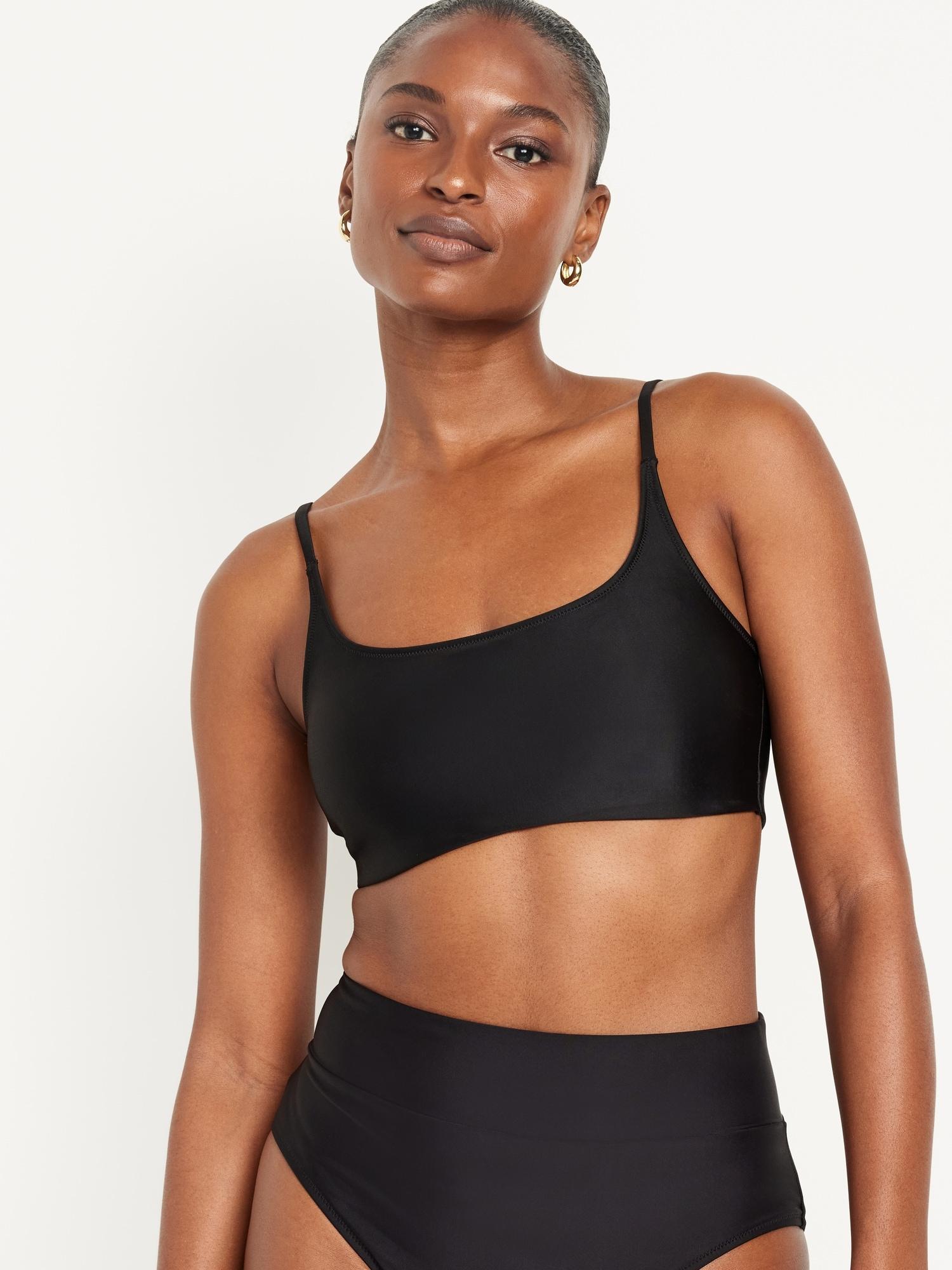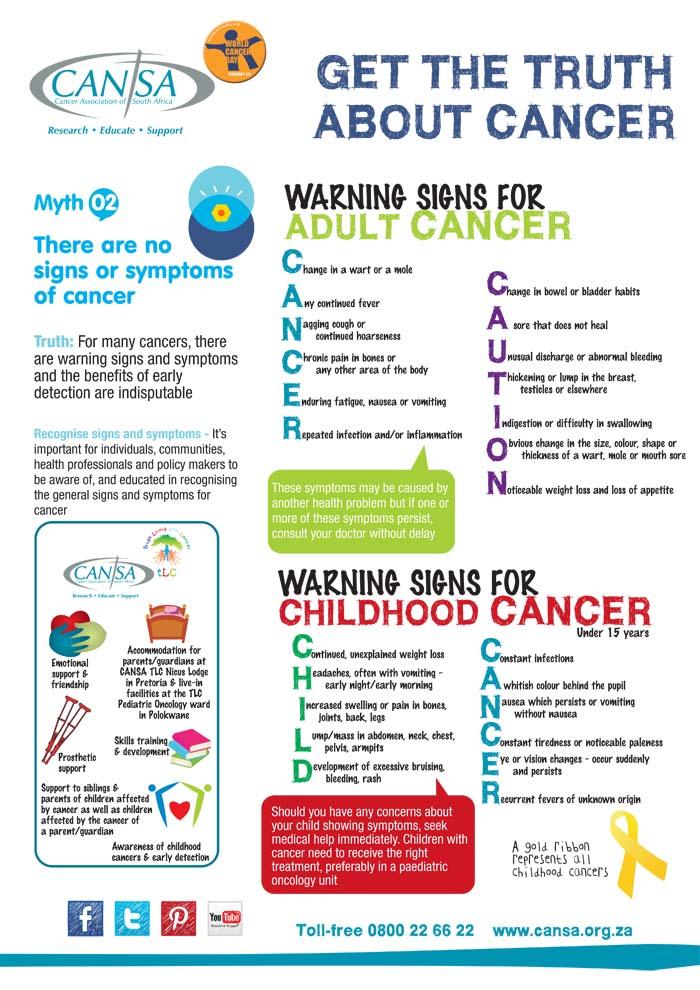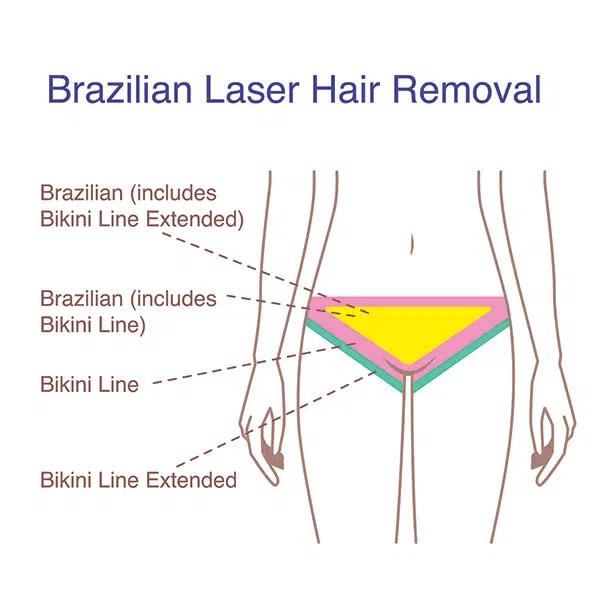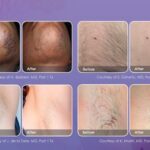Imagine this: you’re basking on a sun-drenched beach, waves whispering sweet secrets to the shore, and you feel utterly carefree. No awkward fidgeting with bikini lines, no second-guessing your summer shorts. This utopian dream is often turned into reality through bikini laser hair removal—a modern marvel that promises smooth skin with minimal fuss. Yet, amid all the glowing testimonials and success stories, some worries loom large and cast an unwelcome shadow, none more menacing than the specter of cancer.
Welcome to “Smooth Sailing: Bikini Laser Hair Removal & Cancer Myths,” where we’ll navigate through the fog of misconceptions and dock at the shore of truth. In this voyage, we’ll separate fact from fiction, with an extra dose of reassurance to keep those worries at bay. So grab your sunscreen and your sense of adventure—we’re about to embark on a journey that clears your mind as effectively as laser treatments clear unwanted hair.
Table of Contents
- Myths about Bikini Laser Hair Removal: Busting Common Misconceptions
- Smooth and Safe: Understanding the Science Behind Laser Hair Removal
- Separating Fact from Fiction: Cancer Myths and Laser Hair Treatments
- Prepping for Your Bikini Laser Hair Removal: Tips for the Best Results
- Aftercare Essentials: Keeping Your Skin Healthy Post-Treatment
- Q&A
- Final Thoughts

Myths about Bikini Laser Hair Removal: Busting Common Misconceptions
The notion that bikini laser hair removal is unsafe has led to a multitude of myths that often discourage people from trying this effective hair removal solution. Let’s dive into some of these myths and shed light on the real facts.
Myth 1: Bikini Laser Hair Removal Causes Cancer
One of the most pervasive myths is that laser hair removal can lead to cancer. However, this misconception stems from a misunderstanding of the type of radiation used by lasers. The lasers employed in hair removal emit non-ionizing radiation, which means they do not carry the risks associated with ionizing radiation, like X-rays or gamma rays. For a better understanding, check out this comparison:
| Type of Radiation | Can Cause Cancer? |
|---|---|
| X-rays (Ionizing) | Yes |
| Laser for Hair Removal (Non-Ionizing) | No |
Myth 2: Laser Hair Removal is Extremely Painful
Let’s address the belief that laser hair removal is akin to medieval torture. Advanced laser technology has made the procedure quite bearable. While you might feel a slight tingling or snapping sensation, it’s usually not described as “painful” by most clients. Additionally, some lasers come equipped with cooling mechanisms to further minimize discomfort.
Myth 3: It’s Only for Fair-Skinned Individuals
Another widespread myth is that laser hair removal only works effectively on people with fair skin. While earlier versions of laser technology were indeed most efficient on light skin with dark hair, modern advancements have made the procedure suitable for all skin tones. Technologies such as Nd:YAG lasers have proven to be effective and safe for darker skin types.
- Improved Technology
- Effective for All Skin Tones
- Customized Treatments
Smooth and Safe: Understanding the Science Behind Laser Hair Removal
Laser hair removal operates on the principle of **selective photothermolysis**, where targeted light wavelengths are absorbed by the pigment in the hair follicle, heating and ultimately disabling it. This precise method ensures that surrounding skin tissues remain unharmed. The technology makes use of varying laser types to cater to different skin tones and hair colors. For instance, **Nd:YAG lasers** are particularly effective for darker skin tones, whereas **Diode lasers** are preferred for lighter skin tones. This adaptability is part of what makes laser hair removal both safe and effective for a diverse clientele.
- Precision: Targets hair follicles without damaging surrounding skin.
- Speed: Each pulse of the laser takes a fraction of a second and can treat many hairs at the same time.
- Predictability: Most patients experience permanent hair loss after an average of three to seven sessions.
An important aspect to consider is the **cooling mechanisms** integrated into modern laser devices, which further enhance comfort and safety. These systems cool the skin during the procedure, minimizing pain and reducing the risk of burns or other side effects. Cooling can involve contact cooling, cryogen spray, and air cooling. By maintaining skin comfort, these mechanisms ensure a more pleasant experience for the patient, and they are crucial when dealing with sensitive areas such as the bikini line.
| Coolant Method | Description |
|---|---|
| Contact Cooling | Directly applies a cold tip to the skin. |
| Cryogen Spray | Sprays a coolant just before each laser pulse. |
| Air Cooling | Blows cold air over the skin during the procedure. |

Separating Fact from Fiction: Cancer Myths and Laser Hair Treatments
Separating Fact from Fiction
It’s easy to become overwhelmed with the plethora of information floating around about cancer and beauty treatments like laser hair removal. One common myth is that laser hair removal can cause cancer. **In reality, clinical studies have shown that laser treatments are safe and do not increase the risk of cancer.** The lasers used in these procedures target hair follicles beneath the skin’s surface, focusing on melanin to disrupt hair growth without affecting surrounding tissues or penetrating deep enough to cause harm to vital organs.
Let’s debunk some more myths:
- **Myth:** Laser hair removal is extremely painful.
- **Fact:** Most clients report only mild discomfort, often compared to a rubber band snap.
- **Myth:** Laser hair removal is harmful to your skin.
- **Fact:** Modern lasers are designed to specifically target hair follicles, leaving the surrounding skin unharmed.
**Many people worry about the safety of cosmetic procedures, particularly when sensitive areas like the bikini line are involved.** The technology behind laser hair removal has advanced significantly, ensuring both efficiency and safety. Dermatologists often recommend this method over traditional hair removal techniques, which can lead to skin irritation or ingrown hairs.
Here’s a quick comparison:
| Method | Comfort Level | Duration of Results |
|---|---|---|
| Laser Hair Removal | Moderate Discomfort | Months to Years |
| Waxing | High Discomfort | Weeks |
| Shaving | Low Discomfort | Days |
**it’s crucial to distinguish between assumptions and scientifically-supported facts when considering bikini laser hair removal.** Equipping yourself with accurate information allows you to make informed decisions and, ultimately, enjoy smoother skin with confidence.

Prepping for Your Bikini Laser Hair Removal: Tips for the Best Results
Preparing for a bikini laser hair removal session can significantly enhance the experience and outcome. **Proper preparation** starts with understanding your skin and hair type. This allows the specialist to calibrate the laser for optimal efficacy and comfort. Begin by booking a consultation to discuss your goals, past hair removal methods, and any skin sensitivities. This step can help tailor the treatment uniquely to you.
**Pre-treatment care** is essential. Follow these simple steps to ensure your skin is in the best condition for the procedure:
- **Avoid sun exposure** for at least two weeks before your treatment. Sunburnt skin can be more sensitive and prone to adverse reactions.
- **Shave the area** a day before your appointment. This ensures that the laser focuses on the hair follicles rather than the hair surface.
- **Skip creams and lotions** on the day of your treatment. Clean, dry skin helps the laser work most effectively.
**Post-treatment care** is just as crucial. To maximize results and minimize discomfort, adhere to the following:
- Apply **aloe vera or a soothing gel** to calm the treated area.
- **Avoid hot showers, saunas, and swimming pools** for 24 to 48 hours post-treatment to prevent irritation.
- **Exfoliate gently** after a few days to help shed the treated hairs and keep skin smooth.
Addressing common queries, we have this useful insight:
| Myth | Reality |
|---|---|
| Laser hair removal causes cancer. | No scientific evidence supports this. The laser targets hair follicles, not bodily cells. |
| Laser hair removal is painfully long. | Modern lasers make treatments quick and virtually pain-free. |

Aftercare Essentials: Keeping Your Skin Healthy Post-Treatment
Once you’ve taken the plunge with bikini laser hair removal, the journey to silky smooth skin doesn’t end there. Proper aftercare is crucial to keep your skin in pristine condition. Here are some essentials to ensure your post-treatment skin stays healthy and irritation-free.
Hydration is Key
Hydrating your skin post-treatment is one of the most important steps. Use a gentle, fragrance-free moisturizer several times a day to maintain skin suppleness. Aloe vera gel is a fantastic natural option for soothing any redness or sensitivity. Drinking plenty of water also keeps your skin hydrated from the inside out, promoting faster recovery and a radiant appearance.
Sun Protection is a Must
After a bikini laser hair removal session, your skin becomes more sensitive to UV rays. Apply a broad-spectrum sunscreen with at least SPF 30 daily, even if it’s cloudy. Wearing loose clothing and avoiding direct sun exposure for at least two weeks can prevent pigmentation changes and other skin damage.
Tools of the Trade
Incorporating some essential aftercare products can make a world of difference. Here are a few items to consider:
- Sunscreen: Broad-spectrum, SPF 30+
- Moisturizer: Fragrance-free, hypoallergenic
- Aloe Vera Gel: For immediate soothing
- Cooling Packs: To reduce any initial swelling
Aftercare Timeline
Understanding the general aftercare timeline can set you on the right track:
| Time Post-Treatment | Action |
|---|---|
| First 24 Hours | Apply a cooling pack if needed, avoid hot showers, and use moisturizer. |
| 48 Hours | Continue with moisturizer, avoid direct sun exposure, and wear loose clothing. |
| 1 Week | Reapply sunscreen frequently, avoid vigorous activities that cause excessive sweating. |
By following these guidelines, your skin will thank you and maintain that smooth, velvety touch for a long time to come.
Q&A
Q&A: Smooth Sailing: Bikini Laser Hair Removal & Cancer Myths
Q1: What’s all this buzz about bikini laser hair removal?
A1: Ah, the buzz! It’s not just the humming of the laser, but the excitement of saying goodbye to razors and waxing strips. Bikini laser hair removal is a popular method where concentrated light beams target hair follicles to reduce or eliminate hair growth. It’s like giving your skin a smooth, long-lasting vacation!
Q2: Do I need to worry about laser treatments causing cancer?
A2: Great question! This is a common concern. Fortunately, the answer is a comforting one. No, bikini laser hair removal does not cause cancer. The lasers used in these treatments target only the hair follicles and do not penetrate deep enough to affect internal organs or cause cellular changes that lead to cancer. So you can sail smoothly without worry!
Q3: How painful is the treatment?
A3: Picture this: a tiny, momentary snap, like a rubber band, and then it’s over. Many find it far less painful than waxing. Plus, technicians often offer numbing creams to keep the experience as pleasant as a day at the beach. Smooth skin without the ouch? Sign me up!
Q4: Are there any other myths floating around we should debunk?
A4: Absolutely, let’s clear these waters! One myth is that laser hair removal doesn’t work on all skin tones or hair colors. Modern advancements mean that there are now lasers effective for a variety of skin tones and hair types. Another myth is that you’ll see results overnight – in truth, it can take several sessions to sail toward smooth seas, but the journey is worth it!
Q5: Will my hair be gone forever?
A5: The promise of forever is a grand one, and in the realm of laser hair removal, it means long-lasting smoothness with some periodic touch-ups. Most people experience significant reduction in hair growth, so you’ll enjoy mostly hair-free days – pretty close to ‘forever’ in hair removal terms!
Q6: Any tips for a smooth experience during bikini laser hair removal?
A6: Sure thing! Here’s your pre-sailing checklist: Avoid sun exposure before and after your treatments to keep your skin in top shape. Shave the area the day before your session (remember, no waxing or plucking). And keep in touch with your technician about any concerns or skin sensitivities. It’s all about smooth sailing!
Q7: What about after-care? Any special steps?
A7: Post-sailing care is as easy as a summer breeze! Keep the treated area cool and hydrated. Avoid hot showers, tight clothing, and direct sunlight for a couple of days. And if there’s any redness or swelling, a bit of aloe vera gel can be quite soothing – think of it as after-sun care for your bikini area.
Ready to embark on your hair-free voyage? With myths debunked and smooth skin on the horizon, bikini laser hair removal can be a wonderful journey. Bon voyage!
Final Thoughts
And there you have it, smooth sailors! Navigating the high seas of bikini laser hair removal and cutting through the fog of cancer myths doesn’t have to be a daunting journey. Armed with the right knowledge, you can confidently set sail toward your dream of silky smooth skin, without the anchor of misinformation weighing you down. Remember, beauty and health go hand in hand, so always consult your trusted healthcare provider before embarking on any new treatments. Here’s to smooth sailing ahead and finding your perfect wave of confidence! 🌊✨






